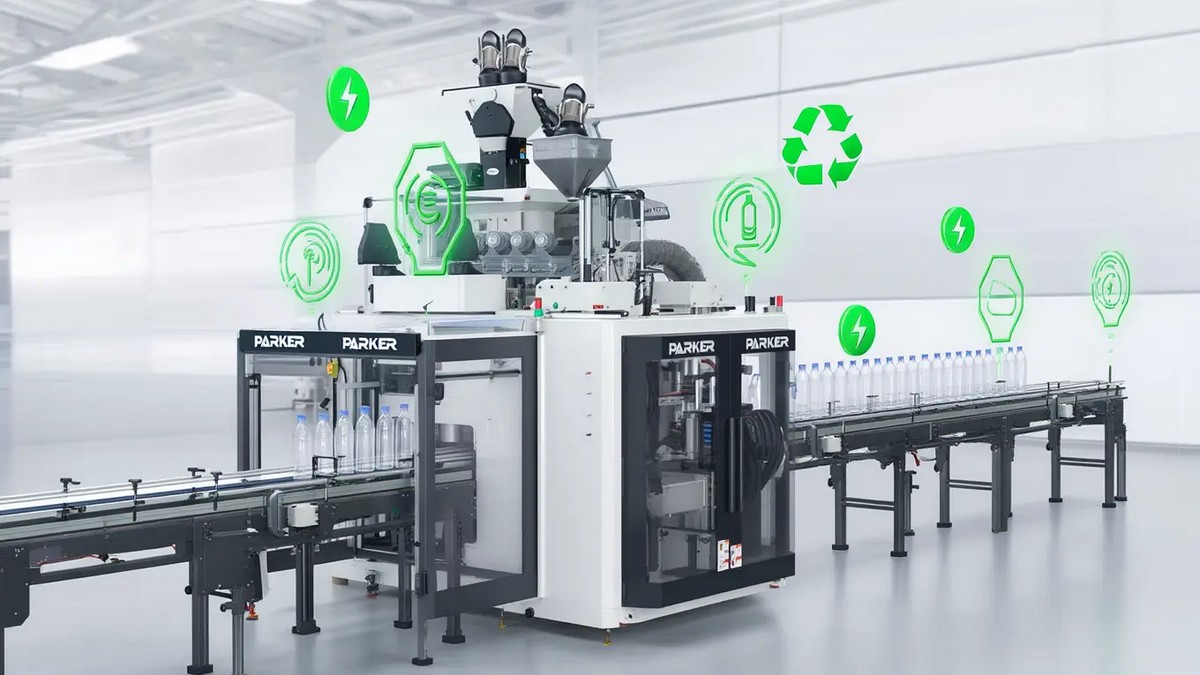In the global manufacturing industry’s shift toward Industry 4.0, smart upgrades are no longer optional—they’re essential for staying competitive. At the core of this transformation is the conversion of traditional factories into data-driven, smart ecosystems. This complex undertaking isn’t something companies can tackle alone. A series of policies and international collaborations, from governments’ high-level strategies to industry alliances’ communication standards, are paving the way for smart manufacturing. This allows technologies like remote monitoring and predictive maintenance to move from blueprints to reality more quickly, fundamentally changing how factories operate worldwide.
Government Policies and Standardization Alliances: Paving the Way for Smart Manufacturing
In the past, the high costs and technical barriers of smart manufacturing held back many companies around the world.
However, in recent years, governments have taken action to accelerate this shift. Germany launched its "Industry 4.0" strategy in 2011, the U.S. promoted its "Smart Manufacturing" program, and China introduced its "Made in China 2025" vision—all of which made industrial digitalization and smart technologies a national priority.
The UK also announced plans to invest around £2.8 billion over the next decade in advanced manufacturing R&D to boost automation and innovation.
These policies often come with subsidies and tax incentives. They also actively promote the unification of manufacturing standards and communication protocols to simplify system integration across different brands and regions. The industry has followed suit, with many international alliances—such as the Industrial Internet Consortium (IIC) and Germany’s Plattform Industrie 4.0—being formed.
These groups bring together machine builders, control system developers, and software vendors to agree on communication protocols and interface standards, ensuring equipment can work together regardless of brand or country and opening up a broader path for smart machine monitoring.
Industry Alliances and Ecosystems: Driving International Collaboration
International industry alliances and ecosystems also play a key role in this smart transformation. Stakeholders from various sectors—including machine builders, control system suppliers, software vendors, and end-users—often form alliances to create standardized solutions that meet market demands and accelerate the adoption of these technologies.
For example, the China-Germany Smart Manufacturing Joint Forum, held in Hefei, Anhui in June 2025, attracted over 130 German executives and Chinese smart manufacturing representatives to explore collaboration opportunities.
Participants shared their technology and experience, leading to 28 investment projects in areas like new energy vehicles, high-end equipment manufacturing, and artificial intelligence. This laid a solid foundation for long-term China-Germany collaboration.
These international efforts not only create new business opportunities but also inject powerful momentum into the stability and innovation of global supply chains.
A Smart Future is the Only Path Forward
Facing increasingly fierce global competition, smart upgrades are now seen as the only path for manufacturing to remain competitive. As the China-Germany collaboration shows, these joint efforts create new business opportunities and inject powerful momentum into the stability and innovation of global supply chains.
As government policies continue to ramp up and key technologies like the industrial internet mature, solutions for smart machine remote monitoring and predictive maintenance will be adopted more quickly. This will help factories worldwide reduce downtime, boost output, and lower energy consumption, ultimately reshaping the future of the entire industry.

點-m-90454917_m.jpg)
點-m-90454917_m.jpg)





.jpg)
.jpg)
.jpg)


.jpg)
